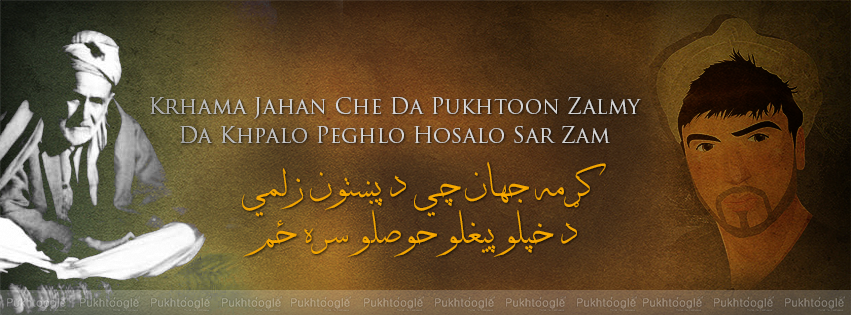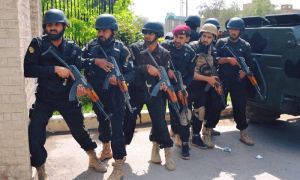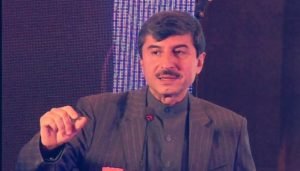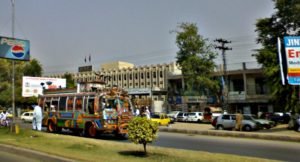Pashto also transliterated Pakhto, Pushto, Pukhto, Pashtu, Paxto or Pushtu), known as Afghan in Farsi and Pathan language|] ( the two languages being located on either side of Pashto),is the native language of the indigenous Pashtun people who are found primarily between an area south of the Amu Darya in Afghanistan and west of the Indus River in Pakistan. It is a member of the Eastern Iranian languages group spoken in Pakistan and Afghanistan as well as by the Pashtun diaspora around the world.
Pashto belongs to the Northeastern branch of the Indo-Iranian language family, although Ethnologue lists it as Southeastern. The number of Pashtuns or Pashto-speakers is estimated 50-60 million people world wide. The Constitution of Afghanistan declares Pashto as one of the two official languages of the country, the other being Dari (Persian).
The origin of Pashto language and the Pashtun tribes is unknown. The word “Pashto” derives by regular phonological processes from Parsaw?- “Persian”. Nonetheless, the Pashtuns are sometimes compared with the Pakhta tribes mentioned in the Rigveda (1700–1100 BC), apparently the same as a people called Pactyans, described by the Greek historian Herodotus as living in the Achaemenid’s Arachosia Satrapy as early as the 1st millennium BC. However, this comparison appears to be due mainly to the apparent, etymologically unjustified, similarity between their names.
Herodotus also mentions the Pactyan “Apridai” tribe but it is unknown what language they spoke. Strabo, who lived between 64 BC and 24 CE, explains that the tribes inhabiting the lands west of the Indus River were part of Ariana and to their east was India. Since the 3rd century CE and onward, they are mostly referred to by the name “Afghan” (“Abgan”) and their language as “Afghani”.
Scholars such as Abdul Hai Habibi and others believe that the earliest Pashto work dates back to Amir Kror Suri in the eighth century, and they use the writings found in Pata Khazana. However, this is disputed by several European experts due to lack of strong evidence. Pata Khazana is a Pashto manuscript claimed to be first compiled during the Hotaki dynasty (1709–1738) in Kandahar, Afghanistan. During the 17th century Pashto poetry was becoming very popular among the Pashtuns. Some of those who wrote Poetry in Pashto are Khushal Khan Khattak, Rahman Baba, Nazo Tokhi and Ahmad Shah Durrani, founder of the modern state of Afghanistan or the Afghan Empire.







